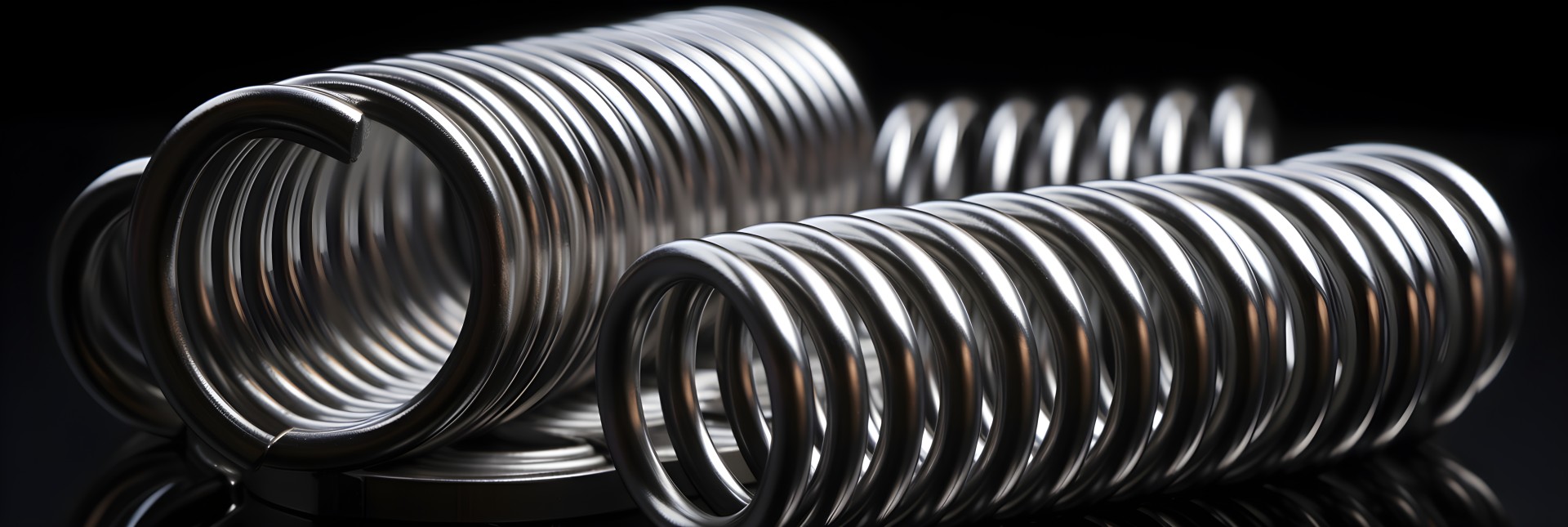
How to Test the Lifespan of A Spring?
The lifespan of a spring is a critical factor in determining the overall durability of the product in which it is used. Since springs are fundamental components in various products, understanding their working life is essential. A spring’s life expectancy depends on several factors, including its design, material, and the environment in which it operates. Here’s a guide on how to estimate and test the lifespan of a spring.
Key Factors Affecting Spring Lifespan
Spring Design: The initial design of the spring, particularly its size specifications, plays a significant role in its longevity. A key design factor is the ratio of the spring’s median diameter to the wire diameter. For example, if the median diameter of the spring is 5mm and the wire diameter is 1mm, the ratio is 5:1. The ideal ratio typically falls between 5 and 8. Designs with a ratio lower than 5 may result in a spring that is more prone to breaking or deformation.
Material Selection: The material used for the spring is another important factor in its lifespan. Higher-quality materials generally result in longer-lasting springs. However, cost considerations often come into play. If the spring will be exposed to harsh conditions, such as acidic or alkaline environments, stainless steel is often the best choice. For most standard applications, carbon steel treated for rust resistance is a cost-effective option. Choosing the right material is essential for optimizing both the performance and cost of the spring. Learn more about “What are the best materials for your spring application? ” in our another article.
Applied Stress and Environmental Conditions: The amount of force applied to the spring is a direct determinant of its lifespan. If the spring is subjected to excessive stress, it may break or deform prematurely. For extension springs, excessive stretching can lead to irreversible damage. To extend the working life of a spring, it is recommended that it operates within 25% of its total length. If the spring must stretch beyond this range, higher-quality materials should be used to prevent premature failure.
While theoretical knowledge can help us estimate the lifespan of a spring, it’s essential to test a sample spring under real-world conditions to assess its actual performance. The working life of a spring is determined by two critical factors: corrosion resistance and fatigue resistance.
1. Corrosion Resistance Testing
To evaluate a spring’s corrosion resistance, we typically conduct a salt spray test. This test simulates the effects of exposure to a corrosive environment and helps predict how well the spring will endure over time. There are several types of salt spray tests, each designed to replicate different environmental conditions:
Neutral Salt Spray (NSS): This standard test exposes the spring to a neutral salt solution and is used to simulate basic corrosion resistance. A 24-hour NSS test is roughly equivalent to one year of exposure in a natural outdoor environment.
Acetic Acid Salt Spray: A more aggressive test that uses an acetic acid solution to simulate harsher environmental conditions. A 24-hour test in this solution is considered to represent about 3 years of real-world exposure.
Copper Salt Accelerated Acetic Acid Salt Spray: This is the most intense test, used to replicate severe corrosive environments. A 24-hour exposure in this solution corresponds to approximately 8 years of environmental exposure.
2. Fatigue Resistance Testing
Fatigue testing measures how well a spring can withstand repeated loading and unloading. Springs are subjected to repetitive cycles of compression or stretching, and the number of cycles the spring can endure before failure is recorded. This test provides a clear indication of the spring’s fatigue life, which is a key factor in determining its overall durability.
An ideal spring design balances both lifetime performance and cost-efficiency. By carefully considering these factors during the design and testing phases, you can ensure that your spring performs reliably and lasts as long as needed under its intended conditions.
If you have any further questions, feel free to ask!
Need help with pricing or technical questions about custom springs? Or any other product-related assistance? Our team is equipped with sales professionals, design engineers, and manufacturing experts ready to address your needs. We’ll make sure you’re connected with the person most qualified to help.
Chat with Us
+86 18575541790
Email Us
shelly.wang@hengshengspring.com
Address
NO.12, Liandong U Valley , Yangxia Industrial Strict, Fuqing, Fuzhou, Fujian, China
